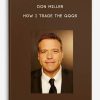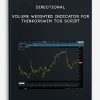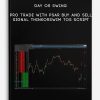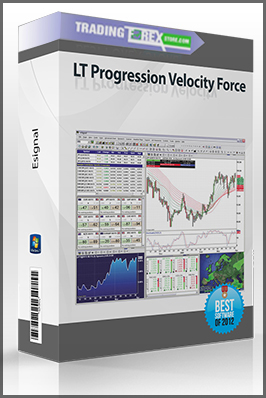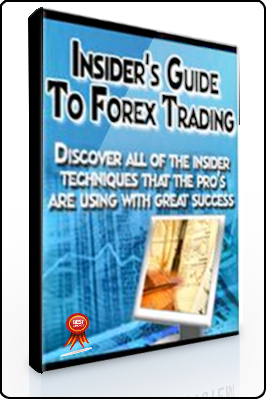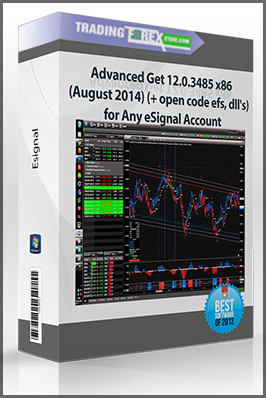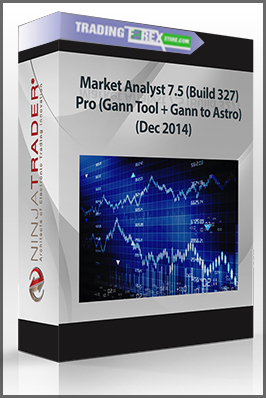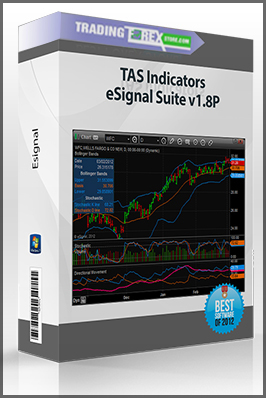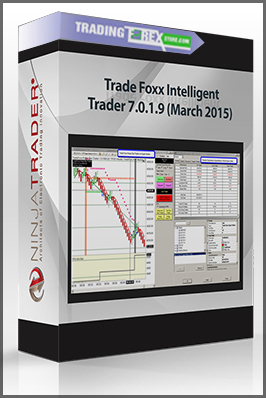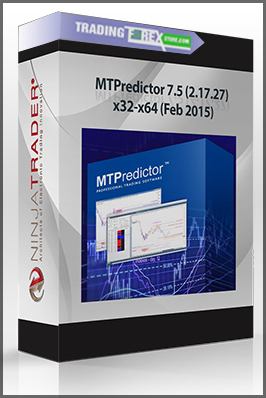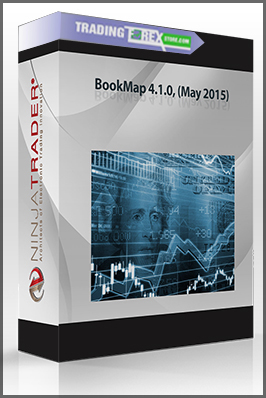How I Trade the QQQs by Don Miller
$12.00
Product Include:
File size:
- Description
Description
How I Trade the QQQs by Don Miller
**More information:
Get How I Trade the QQQs by Don Miller at bestoftrader.com
Description
| Course/Seminar name: How I Make a Living Trading The QQQs |
| Cost (flat fee or per hour rate): 795.00 |
| This course/seminar would be best suited for: · Beginners interested in trading· Novice traders
· Professional traders |
| Course/Seminar taught via: · Television (videotapes)· Written materials |
| Brief explanation of Course/Seminar Want to make a living trading the QQQs? Don Miller has been doing so using strategies refined over the past several years. And now, you can learn his complete methodology. In this video course, he will give you the exact parameters he uses for high-probability setups and entries — and much, much more. |
BACKGROUND INFORMATION |
| Course/Seminar instructor(s): Don Miller |
| Brief explanation of instructor(s) experience: Don Miller is a professional daytrader whose main expertise is in adapting to changing market conditions and applying the optimal strategy for the moment. Using the QQQs as his main vehicle, he specializes in trading intraday pullbacks and fading extreme unsustainable price moves using a combination of momentum, price patterns, Nasdaq futures movement, stochastic divergence, and Bollinger Band spikes. |
Trading Course
So what is trading?
Trade involves the transfer of goods or services from one person or entity to another, often in exchange for money.
Economists refer to a system or network that allows trade as a market.
An early form of trade, barter, saw the direct exchange of goods and services for other goods and services.
Barter involves trading things without the use of money. When either bartering party started to involve precious metals,
these gained symbolic as well as practical importance.[citation needed] Modern traders generally negotiate through a medium of exchange,
such as money. As a result, buying can be separated from selling, or earning. The invention of money (and later of credit,
paper money and non-physical money) greatly simplified and promoted trade.
Trade between two traders is called bilateral trade, while trade involving more than two traders is called multilateral trade.


